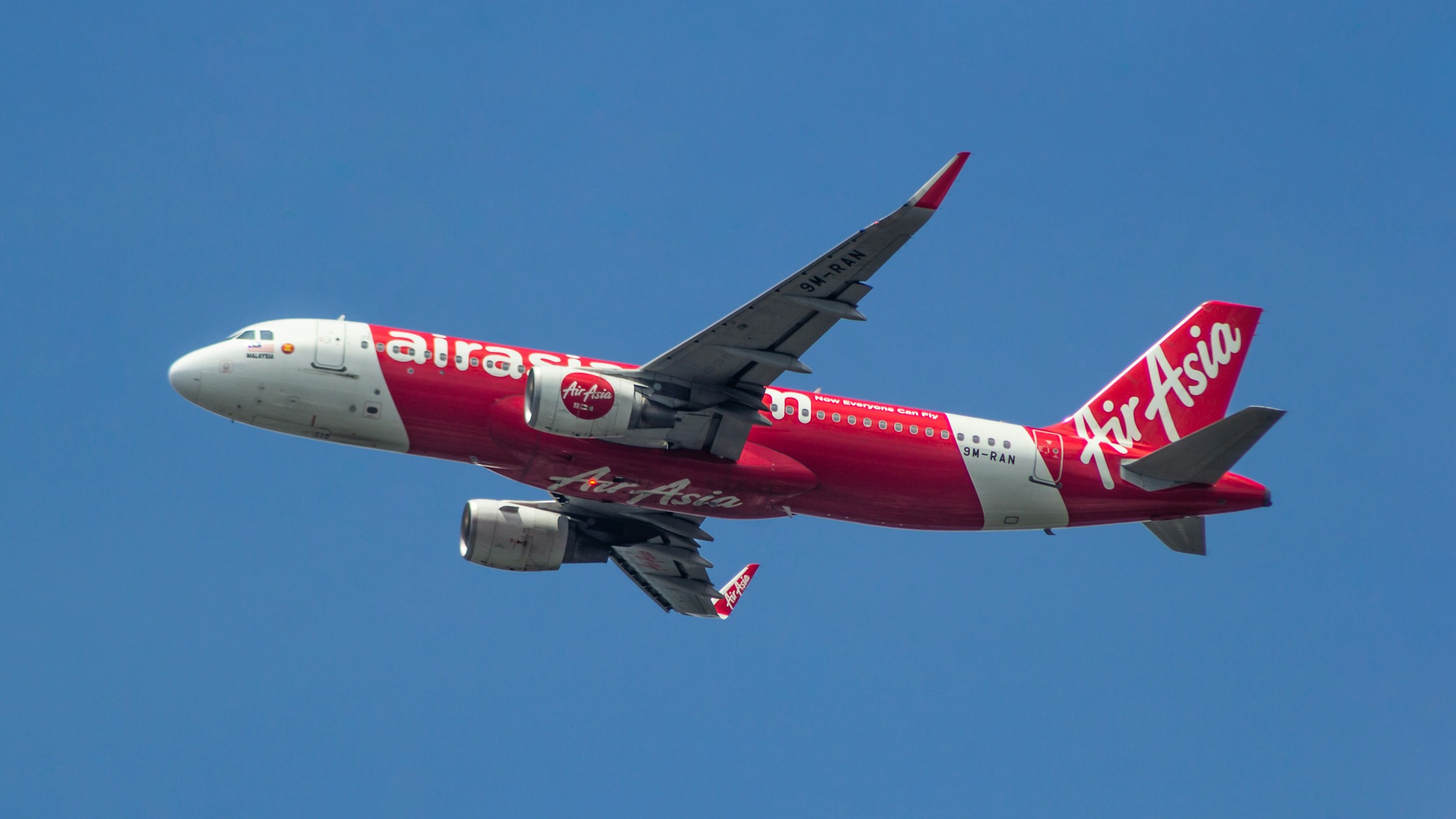AirAsia is treating its revived travel fair as a real-world conversion engine. The company expects about 15,000 visitors across three days in Kuala Lumpur, a step up from its last pre pandemic edition in 2019, signaling confidence that an in person funnel can do what the app alone cannot.
The event runs Aug 22 to 24 at Pavilion Bukit Jalil’s Level 5 Exhibition Centre. The official fair page highlights more than 1,000 tour packages and a daily happy hour that will award hundreds of free flights over the course of the weekend, a tactic designed to spike on site sign ups and social sharing. The expected footfall is not a headline number for the sake of PR. It is a throughput target for a multi partner retail floor that converts browsing into booked itineraries, then lifts basket size with ancillaries such as baggage, meals, and insurance.
If you have followed AirAsia’s 2025 calendar, this showcase is not a one off. The airline has been on a roadshow since February with provincial fairs in Kuching and Kota Kinabalu that tested pricing, offer timing, and partner activation across different demand pools. The Kuching stop at Vivacity Megamall on Feb 8 and 9 promoted up to 25 percent off fares alongside discounted baggage and Santan meals. Kota Kinabalu followed on Apr 26 and 27 at Suria Sabah Shopping Mall, framed by a broader push to position the city as a regional hub. These were live A/B tests for the bigger Kuala Lumpur push.
From a product growth angle, the fair is a full stack funnel. Top of funnel is spectacle. The headline number of free seats, the on stage announcements, the social friendly queues, plus the influencer coverage from local pages all prime demand and generate user generated content. Mid funnel is guided choice via partner booths and packaged itineraries, which solve the classic paralysis problem that pure search based OTAs struggle with. Bottom of funnel is a tight checkout for flights, hotel bundles, and extras that lift contribution margin per booking. AirAsia’s tune protect tie ins, visible in fair marketing, sweeten attachment rates without needing to re acquire the customer online later.
Why run a physical fair when you already own a high frequency app and web channel. Because offline creates a different kind of commitment energy than a mobile flash sale. Families compare packages together. Retirees ask human questions about transit time and baggage. Small groups can be upsold to premium time slots or multi city routes with far less cart abandonment. In Southeast Asia, where group travel and festival style retail still drive large household decisions, an event like this compresses the evaluation window from weeks to minutes. It also normalizes cross border itineraries at a time when inbound and outbound corridors are reopening and being repriced. The visitor target is therefore not only a body count. It is a proxy for how much latent demand can be converted into paid seats before year end.
There is also a yield management play embedded in events like AirAsia Travel Fair 2025. By stimulating bookings for specific periods and routes, the airline can smooth load factors on weaker legs while protecting fares where demand is already tight. The show floor gives revenue managers a live channel to guide partners toward destinations with spare capacity, while headline deals keep price sensitive shoppers from churning to metasearch. When the airline says next year’s showcase will be its largest in Malaysia, read that as a commitment to make the physical channel a recurring part of its demand shaping mix, not just a marketing splash.
Comparisons to pre pandemic fairs matter. The 15,000 visitor expectation is roughly five thousand higher than the 2019 edition. Scale alone does not guarantee better economics, but it suggests the company believes its ancillary stack and partner ecosystem can monetize traffic more effectively than before. Every additional booking that attaches baggage, meals, and protection can widen contribution even if headline fares remain competitive.
The timing is also deliberate. Malaysia is in a tourism acceleration phase, with policy tailwinds and stronger regional flows. A late August fair captures families planning year end trips and early 2026 getaways, while keeping AirAsia top of mind as credit card issuers and foreign OTAs ramp their own quarter end campaigns. Free flight giveaways are not charity. They are a distribution hack that turns winners into megaphones and funnels new users into the app where remarketing is cheap. The daily cadence of the giveaways is built to keep footfall steady across all three days rather than peaking only on Saturday.
What should operators and product leads take from this. First, offline to online still wins in travel when you control the checkout and the upsell surfaces. Second, spectacle without structured bundles is wasted traffic. The Kuching and Kota Kinabalu fairs show the value of iterating regionally before scaling nationally. Third, giveaways work best when they unlock a second purchase cycle rather than ending as a one off win. Tie the free seat to an itinerary window that nudges a companion fare, a bag, or a hotel night, and the LTV math begins to look like a proper growth engine.
This weekend is the proof point. If the fair hits its 15,000 visitor target and converts a meaningful slice into multi product bookings, expect AirAsia to lock this format into its 2026 calendar and to push partners for richer packages. The platform is not just selling flights. It is training customers to buy travel as a system. And that is where margin lives.










.jpg&w=3840&q=75)

.jpg&w=3840&q=75)

